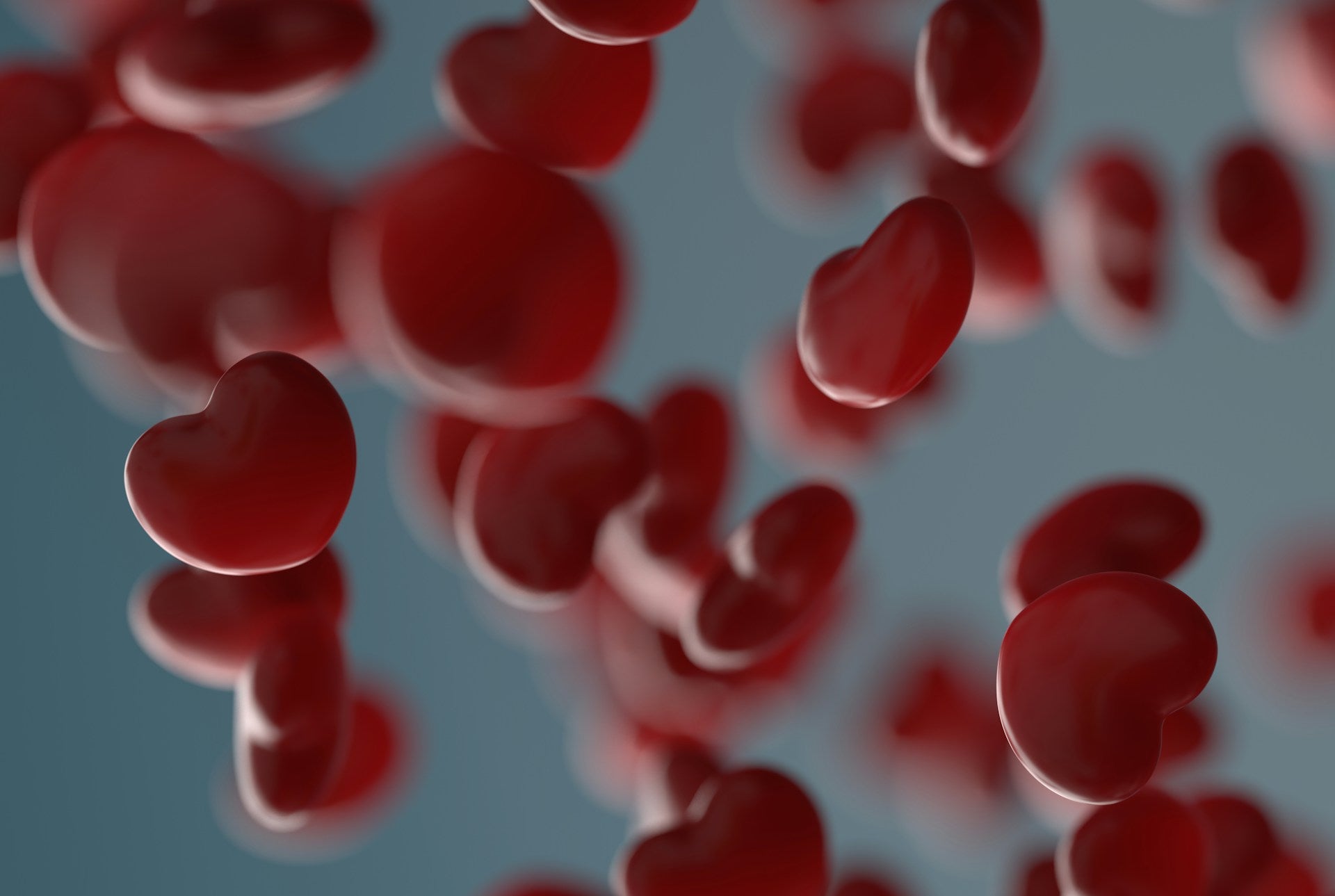Article: How To Manage Anaemia: Natural Ways To Support Iron Levels

How To Manage Anaemia: Natural Ways To Support Iron Levels
Anaemia (Pāndu in Ayurveda) is a condition characterised by reduced red blood cells or haemoglobin levels. According to traditional and modern science key symptoms include fatigue, skin paleness (especially eye lid - refer to image), hair fall, dark circles, shortness of breath, and poor oxygenation of tissues. Ayurveda attributes it to impaired blood tissue and disturbed liver/spleen and stomach which is responsible for blood formation, while modern medicine identifies causes like iron deficiency, vitamin B12/folic acid deficiency, bone marrow problems, or blood loss.
There are various types; iron deficiency Anaemia, haemolytic anaemia (where red blood cells break down quickly), pernicious anaemia (inability to absorb vitamin B12), aplastic anaemia (bone marrow failure to produce blood cells), and sickle cell anaemia (genetic condition causing distorted red blood cells).
Here are some ways you can manage iron deficiency anaemia:
Green Leafy Vegetables:
- Spinach (must be cooked, not raw due to oxalates blocking iron absorption)
- Celery
- Broccoli
- Green peas
Other Key Foods:
- Beetroot juice with lemon (vitamin C enhances iron absorption)
- Pomegranate
- Copper vessel water (limit to 1-2 glasses daily)
- Black sesame seeds (can be soaked overnight, crushed and taken with raw honey)
- Mustard seeds (crushed, used in cooking or with honey)
- Dates and black raisins
- Traditional Ayurvedic mix of yogurt with turmeric powder
- Chickpeas (in hummus or cooked form)
- Nuts and seeds (almonds, walnuts, pumpkin seeds, pistachios)
- Dark chocolate (75% or above, consume early in day) or 1/2 tsp of cacao powder.
- Moringa leaf powder - superfood extremely rich in iron (can be added to food, water, or smoothies)
- Cook in cast iron cookware
- One teaspoon Chawanprash each morning
- These remedies are particularly important for pregnant women and those planning pregnancy
Last consideration: Heme iron, found in animal sources like meat and fish, is more easily absorbed by the body (about 15-35% absorption rate), while non-heme iron, found in plant sources like vegetables, grains and legumes, has a lower absorption rate (about 2-20%). The absorption of non-heme iron can be enhanced by vitamin C or inhibited by compounds like tannins in tea and coffee.
Published By Ananda Clinic Limited. All Rights Reserved. No part of this publication may be reproduced or transmitted in any form or by any means, electronic or mechanical, including photocopying, recording, or any information storage and retrieval system, without permission in writing from the publisher.
Written by: Anirudh Gomber (BNatMed)
Photography credits: Ave Calvar



Leave a comment
This site is protected by hCaptcha and the hCaptcha Privacy Policy and Terms of Service apply.